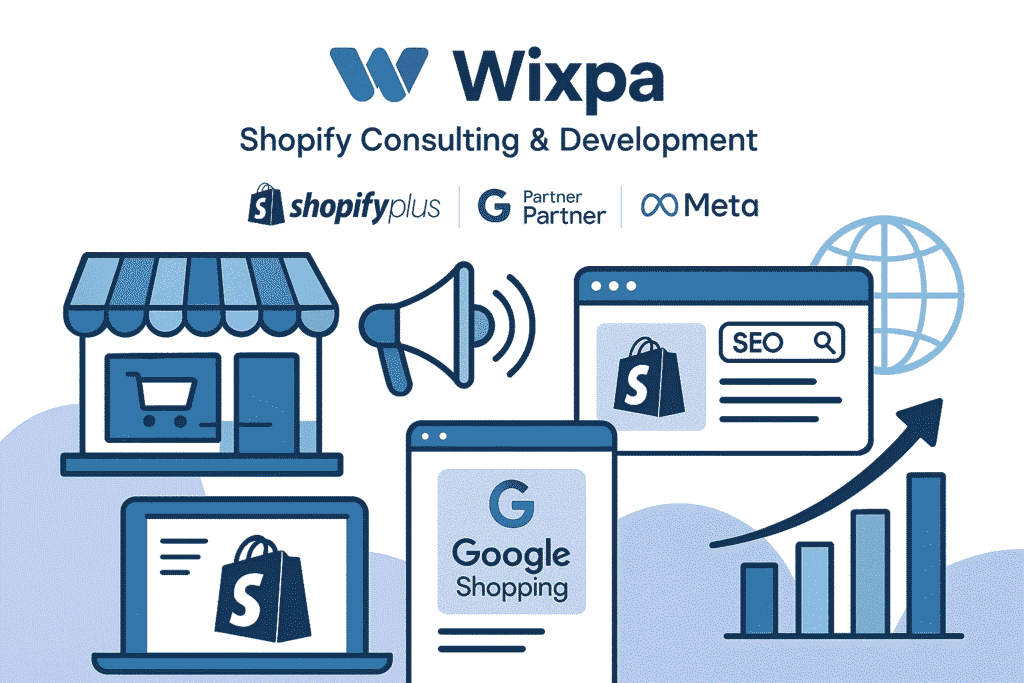Have you ever wondered how some online stores always appear at the top of Google Shopping results while others struggle for visibility? The secret lies in one powerful tool: the Google Shopping Feed. This feed acts as the foundation of every successful Shopping campaign, connecting your store’s product catalog to Google and ensuring that your listings are displayed to the right audience.
Simply put, a well-optimized feed is the difference between high-performing ads and wasted ad spend. It tells Google exactly what your products are, how much they cost, and who might want them. Without it, your ads lack direction, visibility, and impact.
Short Summary
A well-optimized Google Shopping Feed ensures your products reach the right customers, improving visibility, accuracy, and ROI.
- Keep your feed clean, updated, and keyword-rich for better ad placement
- Regular optimization turns average campaigns into top-performing ones
What Exactly Is a Google Shopping Feed?
A Google Shopping Feed is a structured data file containing details about your products, titles, prices, images, availability, and more. This data is submitted to Google Merchant Center, allowing Google to display your items in Shopping Ads, YouTube, and Discover results.
In simple terms, think of it as the digital version of your store’s inventory list. It enables Google to understand your products and match them with user searches accurately.
When the feed for Google Shopping is set up correctly, your ads become smarter, your products become more visible, and your conversions grow naturally.
Why Optimizing the Feed Matters
In today’s fast-paced eCommerce environment, automation and AI-driven campaigns rely heavily on data quality. Google’s algorithm uses your product feed to determine when, where, and to whom your ads should appear. If the data is incomplete or inaccurate, you risk poor performance, disapproval, or wasted ad spend.
An optimized feed helps you:
- Improve ad relevance and click-through rates.
- Reduce disapprovals by maintaining accurate product data.
- Increase conversion rates through precise targeting.
Optimizing isn’t just about feeding data. It’s about feeding quality data. The more Google understands your products, the better it can serve them to relevant customers.
How to Create and Manage a Strong Google Shopping Feed
Creating an efficient Shopping Feed requires a structured approach. Below are the most essential steps:
1. Choose the Right Feed Management Method
You can manually upload a spreadsheet to Google Merchant Center, but automation tools make feed management much easier, especially for large inventories. Platforms like Shopify, WooCommerce, or BigCommerce have built-in integrations to automate updates.
2. Include High-Quality Product Data
The quality of your feed data directly influences ad performance. Focus on accuracy, detail, and relevancy. Make sure every field is correctly filled: product title, description, price, availability, and image.
3. Optimize Product Titles
Your title is the most powerful ranking signal in Google Shopping. It should include your focus keyword and important attributes like brand, color, and size.
Example: “Adidas Ultraboost Men’s Running Shoes – Black, Size 10.”
4. Write Compelling Descriptions
Use clear, keyword-rich descriptions that explain product benefits. Highlight what makes your product stand out: features, use cases, or unique selling points.
5. Maintain Consistent Pricing and Availability
Google penalizes mismatched data between your feed and website. Always ensure that prices, discounts, and stock availability are in sync with your store.
Best Practices for Feed Optimization
Once your feed is up and running, ongoing optimization is key. Here are the top practices to ensure lasting success:
- Use High-Resolution Images
Images attract clicks. Use clean, professional visuals with plain backgrounds. Avoid text overlays or watermarks that violate Google’s guidelines. - Add Product Identifiers
Include GTINs, MPNs, and brand names whenever possible. These identifiers help Google categorize your products and increase visibility. - Implement Custom Labels
Use custom labels to organize your products (e.g., “Best Seller,” “Clearance,” “High Margin”). This helps you tailor bidding strategies in Google Ads. - Keep It Updated
Update your feed daily or whenever inventory changes occur. Fresh data ensures your ads remain accurate and relevant. - Leverage Keyword Optimization
Integrate target keywords naturally within titles and descriptions. Phrases like “feed for Google Shopping” or “Google Shopping Feed optimization” help improve search alignment without sounding forced.
How Feed Optimization Boosts Your Ad Performance
An optimized feed fuels Google’s machine-learning systems with better product signals. This results in improved ad placement, higher relevance, and reduced wasted clicks.
For instance, if your feed includes complete attributes (color, size, price, and brand), Google can show your product to users with precise purchase intent, leading to higher conversion rates.
Additionally, optimizing your feed helps improve Quality Score and CTR, which can lower your cost per click (CPC) over time. The outcome? More sales without increasing your ad budget.
Common Mistakes to Avoid
Even small errors in your Shopping Feed can impact performance significantly. Avoid these frequent pitfalls:
- Inconsistent data: Don’t let your site and feed show different prices or availability
- Missing identifiers: GTINs and MPNs are crucial for ranking and product verification.
- Poor product titles: Generic titles reduce your chances of visibility.
- Ignoring image quality: Low-quality or cluttered images drive users away.
- Not monitoring performance: Regular feed audits are vital to maintain data integrity.
Fixing these issues quickly can improve both your ad delivery and your overall campaign health.
Advanced Feed Management Tips
Once you’ve mastered the basics, it’s time to refine your feed strategy:
- Use Smart Bidding Data
Combine performance metrics from your Google Ads account with feed data. Identify which products deliver the best ROI and focus optimization efforts there. - Segment by Performance
Group products by performance level, top sellers, new arrivals, and low performers, and apply different bidding strategies for each. - Optimize for Local and Mobile Searches
Many shoppers browse on mobile or look for nearby stores. Use Local Inventory Ads to target buyers in your area and optimize images for mobile viewing. - Analyze Search Terms Regularly
Review the search terms report to discover how users find your products. Adjust product titles and descriptions based on these insights.
How Often Should You Update Your Feed?
Your Google Shopping Feed should be updated at least once daily for optimal performance. If you’re running dynamic promotions or your inventory changes frequently, schedule automatic updates multiple times a day.
Consistent updates ensure that your ads reflect real-time pricing, stock levels, and product changes, key factors for maintaining trust and avoiding disapproval.
The Business Impact of a Strong Feed
A well-managed feed doesn’t just improve your Google Ads performance; it enhances your entire eCommerce operation. Better visibility means higher traffic. Better targeting means more qualified clicks. Better data means improved conversion rates.
Think of your Google Shopping Feed as the engine driving your eCommerce growth. When tuned properly, it works around the clock to ensure your products appear in front of buyers with the highest intent.
Conclusion
The Google Shopping Feed is more than a technical necessity. It’s your digital storefront in Google’s marketplace. A properly optimized and frequently updated feed ensures that your products stand out, reach the right audience, and deliver measurable results.
From data accuracy to keyword optimization, every detail counts. Invest time in managing your feed, and you’ll see improvements in visibility, click-through rate, and ROI. In the competitive world of eCommerce, a well-structured feed isn’t just helpful, it’s essential.
FAQs
1. What is the Google Shopping Feed used for?
It’s a file containing product data that helps Google display your items in Shopping Ads, Search results, and other Google properties.
2. How do I optimize my feed for better visibility?
Focus on accurate product data, keyword-rich titles, clean images, and consistent updates across your feed and store.
3. Can I automate updates to my Shopping Feed?
Yes, many eCommerce platforms and third-party tools allow automatic syncing between your store inventory and Google Merchant Center.
4. What happens if my feed contains errors?
Google may disapprove certain products or restrict visibility. Regular audits and feed optimization can prevent such issues.





